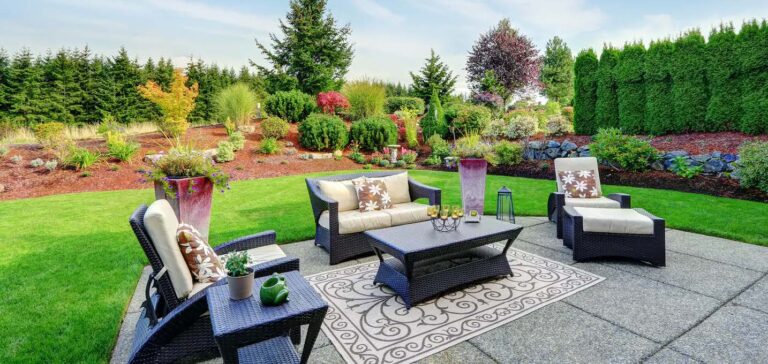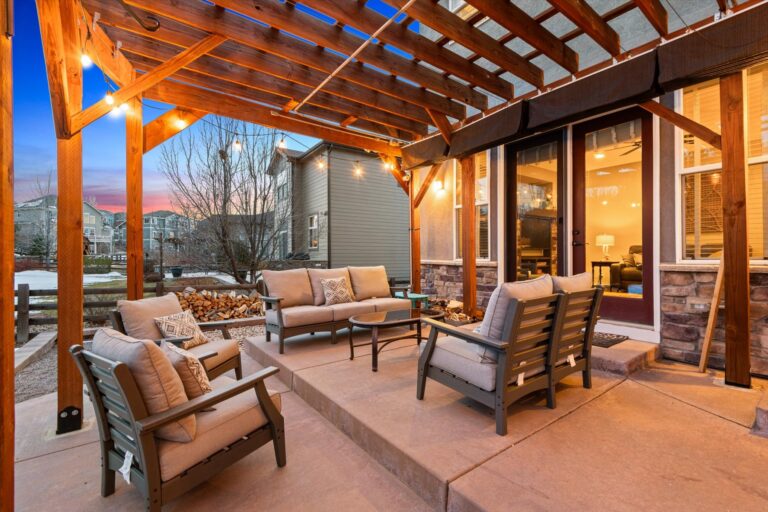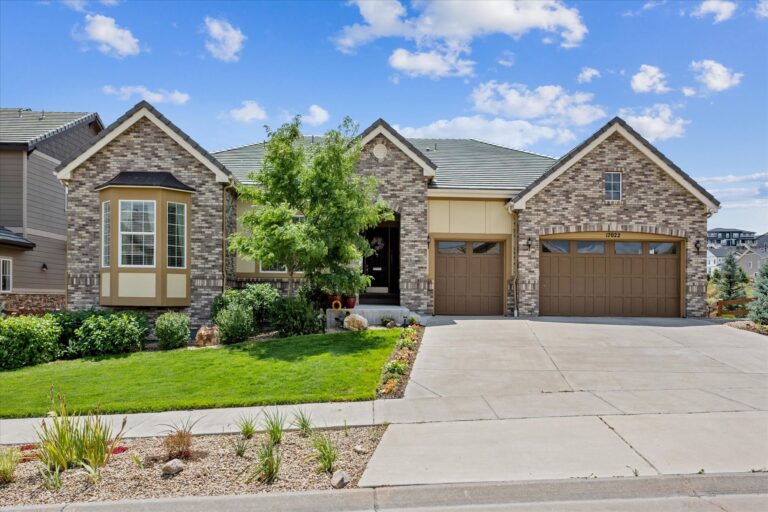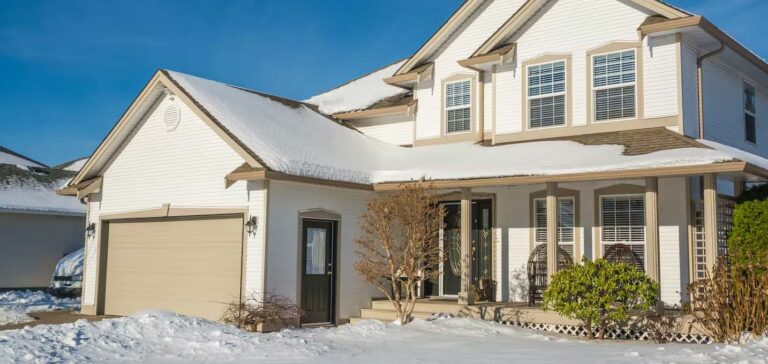
RE/MAX agents share why consumers and builders fancy this fresh take on a classic – and practical – design.
What typically has white walls, wood accents and black metal finishes? The modern farmhouse, of course.
The modern farmhouse design trend can be found just about anywhere, from seeing newly built homes around the neighborhood to watching HGTV shows to even shopping for homeware at stores like Target. What rose to popularity over the past decade has stuck around as a popular design choice for homeowners, stagers and builders alike, and continues to evolve.
This begs the question: Is this just a trend – or a timeless style?
Experienced RE/MAX agents offer their insights as to why the neutral palette associated with the modern farmhouse aesthetic remains a fan favorite due to its versatility.
Architectural origins
“Modern farmhouse” is an updated take on the simplicity of original farmhouses. Still popular today in more suburban or rural settings, the traditional farmhouse – commonly found with a farmer’s porch – is believed to have originated in Europe and made its way to the U.S. in the 18th century.
While charming to the eye, the traditional farmhouse was rooted in practicality, often reclaiming materials like wood for flooring and doors throughout the home. Unlike its predecessor, the modern farmhouse blends traditional style with contemporary flair allowing it to assimilate into urban, suburban and rural environments.
Key characteristics
Today, many homes built with modern farmhouse architecture are new, and oftentimes luxury, developments. On the exterior, these homes are typically seen painted white with contrasting black trim around windows – an homage to the traditional style of white clapboard siding and black shutters. A cornerstone for modern farmhouse character is often the use of board and batten siding alongside traditional cedar clapboard or brick.
The shape of the home is also a key element to its refreshed appearance. Modern farmhouses are frequently built with a gable roof and oversized windows.
Jennifer Madden, Broker/Owner of RE/MAX Rising Tide and Team Leader of the Madden Group in Rye, New Hampshire, is currently representing a recently built modern farmhouse in a quaint coastal town where spacious land meets the sea. Madden believes the most important quality of this design style is its versatility, noting that buyers from anywhere can connect with and appreciate the neutral palette, which allows each owner to make it their own unique space.
“The style is very clean, bright and open – and this particular [modern farmhouse] just feels like really good quality,” Madden says. “The outside marries with the inside, and there’s a lot of emphasis on bringing the outside in.”
She continues, “People are really paying attention to the wood floors inside homes nowadays. In New England, we see a lot of white oak that has a coat of polyurethane and it gets this yellow tone and glossy finish that can make the property look dated. For a more neutral color, this [modern farmhouse] used French oak flooring with a flat finish.”
The flooring Madden refers to is commonplace in many high-end modern farmhouses, which often use wider planks as opposed to traditionally narrower planks for hardwood floors. And, though a polarizing topic, one of the most widely recognized elements of a modern farmhouse is the use of shiplap wood paneling on walls or as an accent to frame pieces like the fireplace. Unlike the shiplap of 2015, which was almost always painted white, it’s now being revitalized in darker shades to create contrast.
“What also modernizes this home is that it has an iron railing staircase inside, as well as a lot of other black painted or metal accents.”
Celeste Ballerino, an agent with RE/MAX of Cherry Creek in Denver, Colorado – a city with a booming new residential construction industry – is no stranger to modern farmhouse architecture. She shares that there has been a significant uptick in new construction of modern farmhouses predominately in the past five years.
Ballerino is currently listing a spacious modern farmhouse, still under construction, of nearly 5,000 square-feet. In agreement with Madden, Ballerino shares that creating a seamless indoor-outdoor experience with the use of oversized windows for natural light is a pinnacle component to this home’s design.
Though its commonly found in luxury new builds, she shares that modern farmhouse style can be found at nearly all price points. And just because the style often adheres to a similarly muted color scheme doesn’t mean that each modern farmhouse is the same.
“The architect that I’ve worked with has really done a great job in morphing each project to have its own shape, aesthetic and personality,” she says.
Ballerino also debunks the myth that a boxy home exterior means a box-like structure on the inside, too.
“The external appearance doesn’t necessarily translate to being a big box on the inside,” she explains. “The floor plan and the use of windows is one of the most modernized aspects of this design. It’s very contemporary and morphing to fit how people live.”
Consumer appeal
Previously noted, it’s the neutral color palette commonly associated with a modern farmhouse that allows for personalization inside and out.
Home builders – especially those in the luxury sector – gravitate toward this style due to its widespread desirability. And though not a sentiment shared by everyone, some people yearn to own a new build for practicality purposes.
Madden shares, “People gravitate toward these because of the lack of maintenance – I call it ‘plug and play.’ Some buyers just want to move in and not have to worry about painting or renovating.”
Ballerino adds that the style is in demand – and will remain so – because it’s uniquely adaptable.
“It’s become a very popular architecture style that appeals to people from many different regions of the country. It’s classic and will really stand the test of time.”
Article originally appeared on RE/MAX.com.







